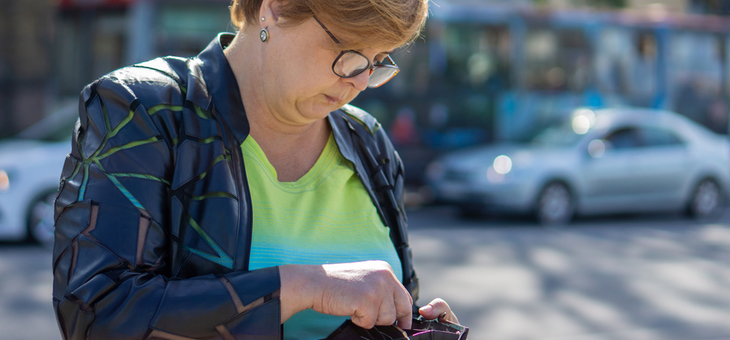Two-thirds of low-income households that rent are in rental distress, according to a new report from the Productivity Commission (PC). Yet government rent assistance increased by just 80 cents per fortnight in last month’s twice-yearly adjustments.
“More low-income households rent privately than ever before, in part because home ownership and public housing have become less attainable,” said PC Commissioner Jonathan Coppel.
“We found that over 600,000 households are in rental stress, that is, they spend more than 30 per cent of their incomes on rent.”
At the heart of the problem was that maximum rent assistance payment rates had fallen behind average rents over the past two decades, he said.
YourLifeChoices’ September edition of the quarterly Retirement Affordability Index, which will arrive inmembers’ inboxes on Sunday, shows that the Cash-Strapped tribes (couples and singles who receive an Age Pension and rent) spend 29 per cent and 36 per cent of their income respectively on housing.
The PC report, Vulnerable Private Renters: Evidence and Options, concluded that more than one million low-income households (2.65 million people) rented in the private market in 2018, a figure that has more than doubled in the past 20 years.
It said that many vulnerable private renter households struggled to make end meet. Two-thirds spent more than 30 per cent of their income on rent – the common benchmark to identify rental stress – and many spent much more. About 170,000 households have less than $250 available each week after paying rent.
“The fastest growth in private renting has been among households that include at least one Indigenous person, a person aged over 65 years or a person with a disability or long-term health condition,” the report said. “The ageing of the population and changing patterns of home ownership will see growth in the latter two groups continue over coming decades.”
Commonwealth Rent Assistance (CRA) was the clearest path to improving affordability, the report said. However, the rates have not kept up with costs.
“The CRA maximum payment amount has not kept pace with the rise in rents, which has outpaced inflation. As a result, the average share of rents covered by CRA has fallen. Further, the share of CRA recipients who received the maximum payment has steadily increased from around 57 per cent (representing about 566 000 recipients) in 2001 to 80 per cent (representing just over one million recipients) in 2018.”
The Australian Council of Social Service (ACOSS) says the report shines a light on the need for an increase to the CRA.
“Australia is in a housing affordability crisis and entrenched, severe rental stress is one of the most damaging impacts,” said ACOSS chief Cassandra Goldie. “This leaves people without enough money to meet other household expenses … and all too often leads to homelessness.”
Greens Senator Mehreen Faruqi has called on the government to increase rent assistance.
“It is unacceptable that so many people already on low incomes are falling into financial stress just to put a roof over their head. Everyone has the right to a safe, secure and permanent home,” she said.
“We need urgent interventions, coupled with significant financial resources and reform of the housing system, or more and more people will be without a home.”
Do you rent? Do you receive CRA? Do you have trouble meeting basic living expenses?
If you enjoy our content, don’t keep it to yourself. Share our free eNews with your friends and encourage them to sign up.
Related articles:
Older Aussies doing it tough
Rent assistance rates
Retirees’ happiness on the slide

